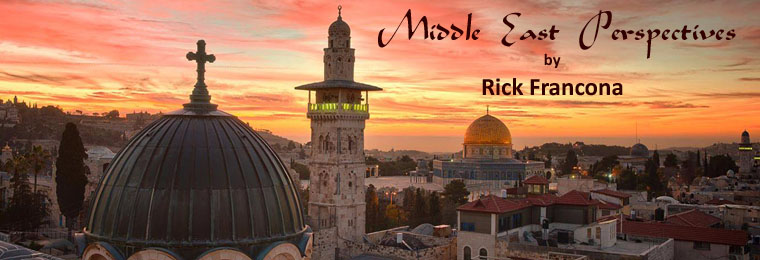According to a Turkish news outlet (read article here), the Turkish government may be reconsidering the August 2020 decision by self-styled new sultan President Recep Tayyip Erdoğan to reconvert the Church of the Holy Savior museum to a mosque. (Read my initial thoughts on that decision - "Sultan" Erdogan converts another museum to a mosque.)
The church/museum in the Chora (Kariye) section of Istanbul is considered one of the most beautiful examples of a Byzantine church. In the 16th century, the church was converted into a mosque by the city’s new Ottoman rulers, and it became a secularized museum in 1948. The interior of the building is covered with fine mosaics and frescoes. It is listed as one of the top 30 “must-see museums” in the world.
The frescoes and mosaics, plastered over by the Ottomans, are being restored. They are stunning, almost overwhelming. I have seen mosaics in other early Christian Churches throughout the Middle East, but nothing like these.
President Erdoğan was scheduled to inaugurate the newly converted mosque last October, but the Directorate of Religious Affairs (Diyanet), Turkey’s top religious authority, cancelled the event the day before to allow for continued restoration work.


